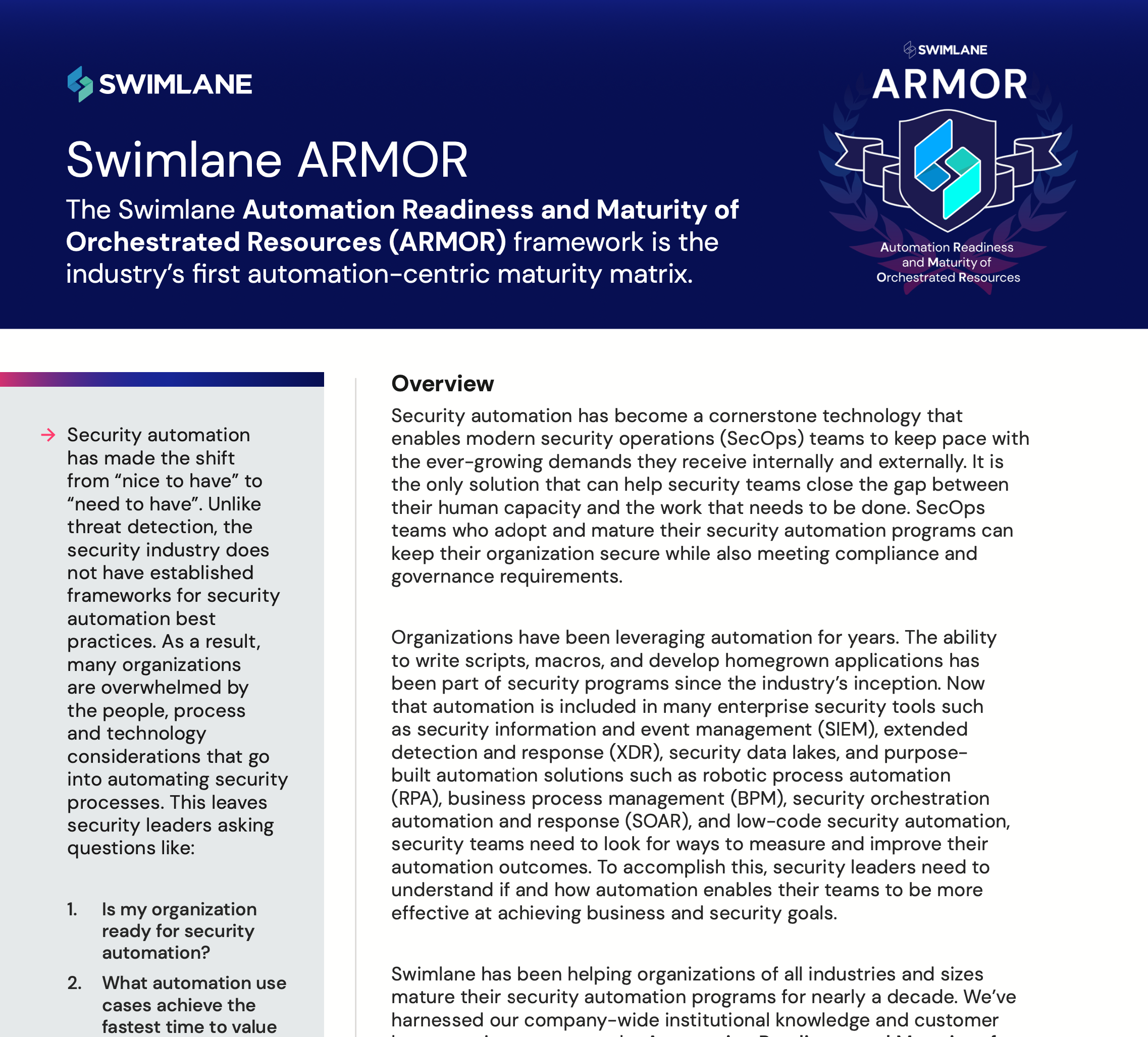What is Whaling in CyberSecurity?
Imagine a vast ocean of cybersecurity, overflowing with different types of cybersecurity attacks and threats of all sizes. In these digital waters, there are a few who stand out – the “whales” of the corporate world. Whaling attacks are the harpoons of cyber espionage, aimed at the big fish in an organization’s sea.
The “whales” are the C-suite’s top executives, senior team players, and high-profile employees. Their significance within a company makes them prime targets for hackers, who see them as gateways to a wealth of sensitive data. It’s their influence and authority that sets the stage for a successful whaling attack.
How Does Whaling Work?
Hackers try to take on the disguises of whales and weaponize social engineering. They exploit the reputations of their high-ranking prey, impersonating senior executives or key employees. Their strength lies in manipulation, leveraging their fake authority and manipulating lower-ranking staff into compromising vital data.
Examples of Whaling Attacks
The most common whaling attack is the spoofed email, a convincing imitation of legitimate company correspondence. One click, and the hack is underway. Let’s explore how a whaling scam unfurls in the world of cybersecurity.
1. Whaling Attack Through an Email Link
Imagine an email, allegedly from the CEO, sent to subordinates. It’s an email with authority, demanding immediate attention. There’s a link within, a download, seemingly innocent but dangerous. When this is clicked, the system’s defenses crumble, and confidential information is exposed.
Snapchat found itself in this exact situation when an HR staff member mistook a hacker’s email for the CEO’s. Payroll details of current and former employees were handed over, resulting in a data breach.
2. Whaling Attack Through a Subpoena Email
Whaling tactics are not limited to email links. Hackers can take on the disguise of the United States District Court, sending people a fake subpoena through an email. Individuals, concerned for their organization’s well-being, discover a payload of malware upon opening the email.
3. Whaling Attack Via Zoom Invite
Some hackers get creative, similar to the case of Levitas, an Aussie hedge fund. A fake Zoom invite led to their downfall, when the co-founder clicked the seemingly innocent link. This generated fake invoices within the company’s system, leading to significant financial losses.
4. Whaling Attack to Send Money
Even giants like Mattel, the toy company behind Barbie and Hot Wheels, aren’t immune to whaling attacks. Impersonating the new CEO, scammers requested a hefty money transfer to a new vendor. Eager to meet the boss’s demands, the victim unwittingly completed the transaction, handing $3 million to Chinese cyberthieves.
What are the Consequences of Whaling Attacks?
From data breaches to financial losses, the aftermath is detrimental. Below are some of the consequences for anyone who falls prey to a whaling scam:
- Divulge sensitive information
- Infect a computer with malware
- Lose a huge amount of money
- Attack on supply chains
- Execute corporate espionage
How are Whaling Attacks and Phishing Attacks Similar?
While whaling and phishing attacks often share the same waters, they’re distinct species. Whaling is a subset of spear phishing, focusing exclusively on high-profile targets. Phishing, on the other hand, casts a wider net, targeting various individuals regardless of their rank or role.
What is Spear Phishing?
So, what is spear phishing? This phishing method is a subcategory of phishing that preys on low-profile individuals. This could be a particular group of people or certain individuals who are vulnerable to sharing sensitive information.
Phishing vs. Whaling vs. Spear Phishing
| Phishing | Whaling | Spear Phishing | |
| Target | A large number of individuals | C-suite executives and top-ranking officials | Low-profile individuals in a specific organization |
| Focus | Personal information | Steals trade secrets or large amounts of money | Stealing key information and money |
| Value | Low yield, not many organizational assets at stake | Immediate high-value results | Varying results, usually high yield |
| Technology | Not very advanced technology | Sophisticated technology | Slightly more sophisticated technology than regular phishing activities |
| Examples | Mass email distribution stating passwords need resetting | Carefully crafted email that appears to be from a C suite executive that asks top-level executive for payroll details | An email regarding incomplete details from an attempted payment, and a false link to retry the payment is attached. |
How to Prevent Whaling Attacks?
Whaling attacks are some of the boldest scams that are carried out successfully. It’s their authoritative elements incorporated into their tactic that victims helplessly fall for. But whaling scams, just like other security attacks, can be prevented through cyber awareness.
What is Whaling Cyber Awareness?
Awareness is the first line of defense, not only for high-ranking executives but for every employee in an organization. It’s vital to instill a culture of cyber consciousness.
Organizations can start by educating all teams on the significance of cybersecurity. Equipping them with the knowledge necessary to recognize and prevent whaling attempts. Some steps to fortify your organization’s defenses:
- Implement essential cybersecurity practices across the board.
- Scrutinize emails closely, paying attention to structure and punctuation.
- Be cautious with emails from external sources.
- Exercise restraint before clicking on links or attachments from unfamiliar senders.
- Think twice before sharing personal information online, for it might be just what a hacker needs to reel in their catch.
What is the Role of Social Media in Whaling Attacks?
Social media is one of the main sources for hackers. It’s where hackers find the information they need to craft the perfect whaling attack. The top executives should be cautious of their online presence. It’s important to refrain from sharing specific details online to prevent hackers from gaining the ammunition they need.
Protect Your Organization Against Cyber Attacks with Swimlane
With the rising tide of whaling attacks and other types of cyber security attacks, having a robust security platform is more vital than ever. Swimlane Turbine is your ally in these waters, extending visibility and actionability when it comes to cyber threats. With features like phishing triage that can spot, neutralize, and report cyber threats in real-time, your organization will be well-equipped to navigate these seas of cybersecurity.
The defense against whaling attacks is a collective effort. It’s important to remain vigilant and prepared because in the vast sea of cybersecurity, the disguised whales are lurking. Stay alert and stay secure with Swimlane.

The Swimlane ARMOR Framework
SecOps teams who want to map their goals, tactics, and security automation use cases to industry standard frameworks like NIST, CMMC, CMMI or C2M2


